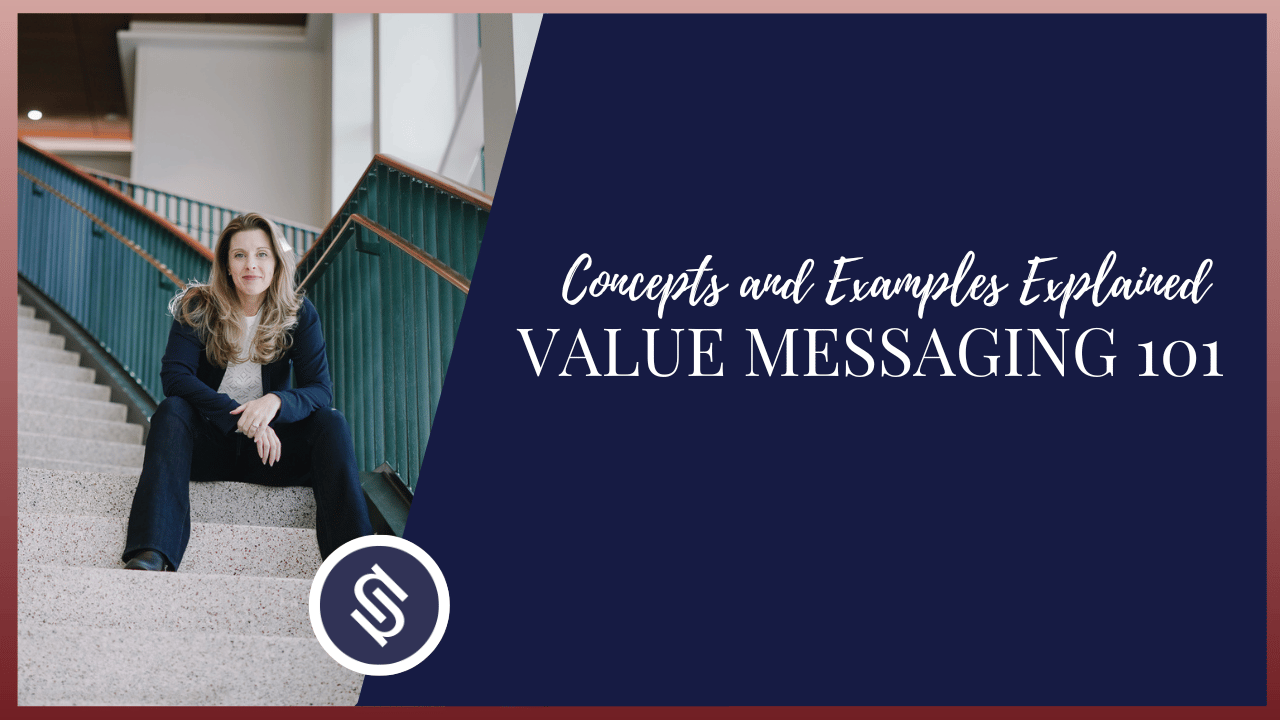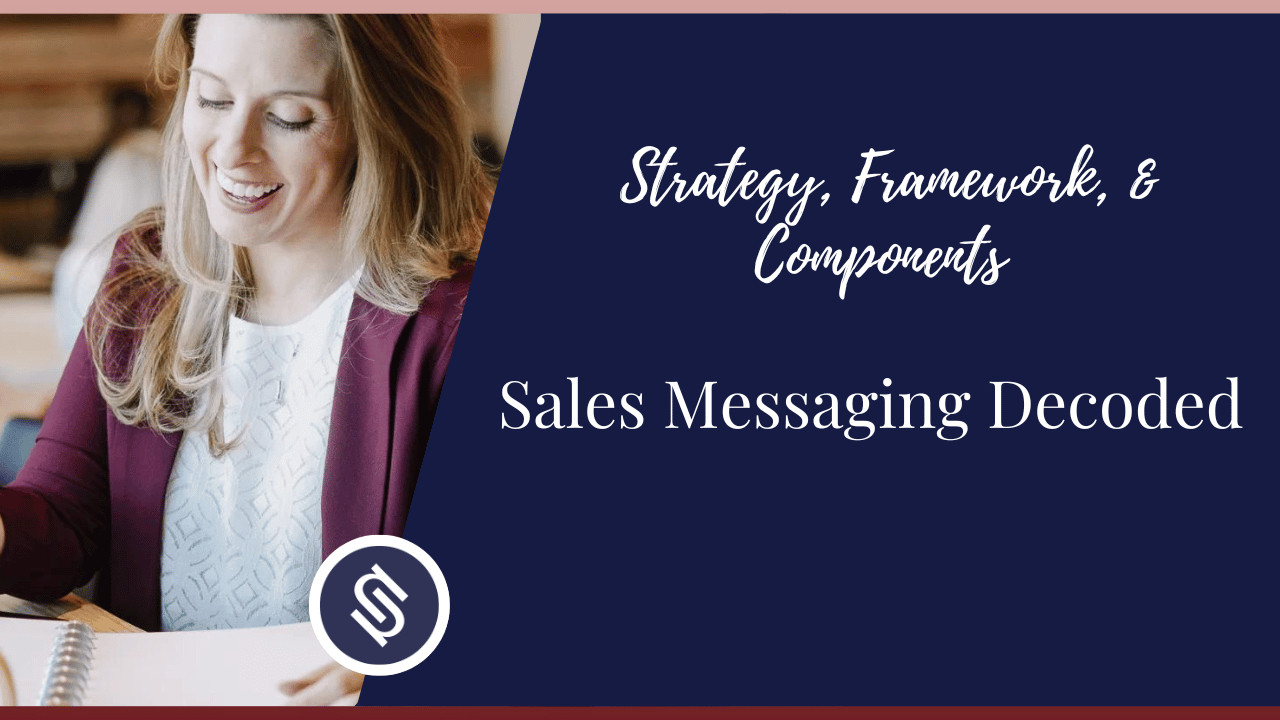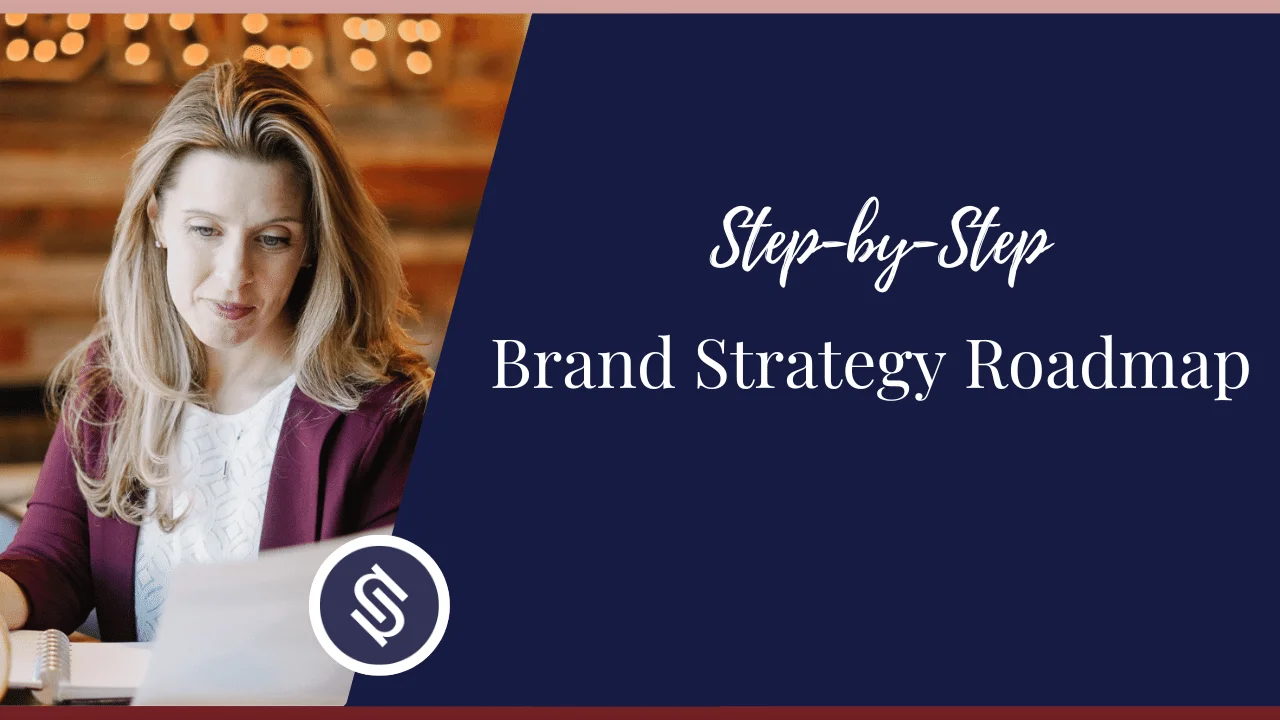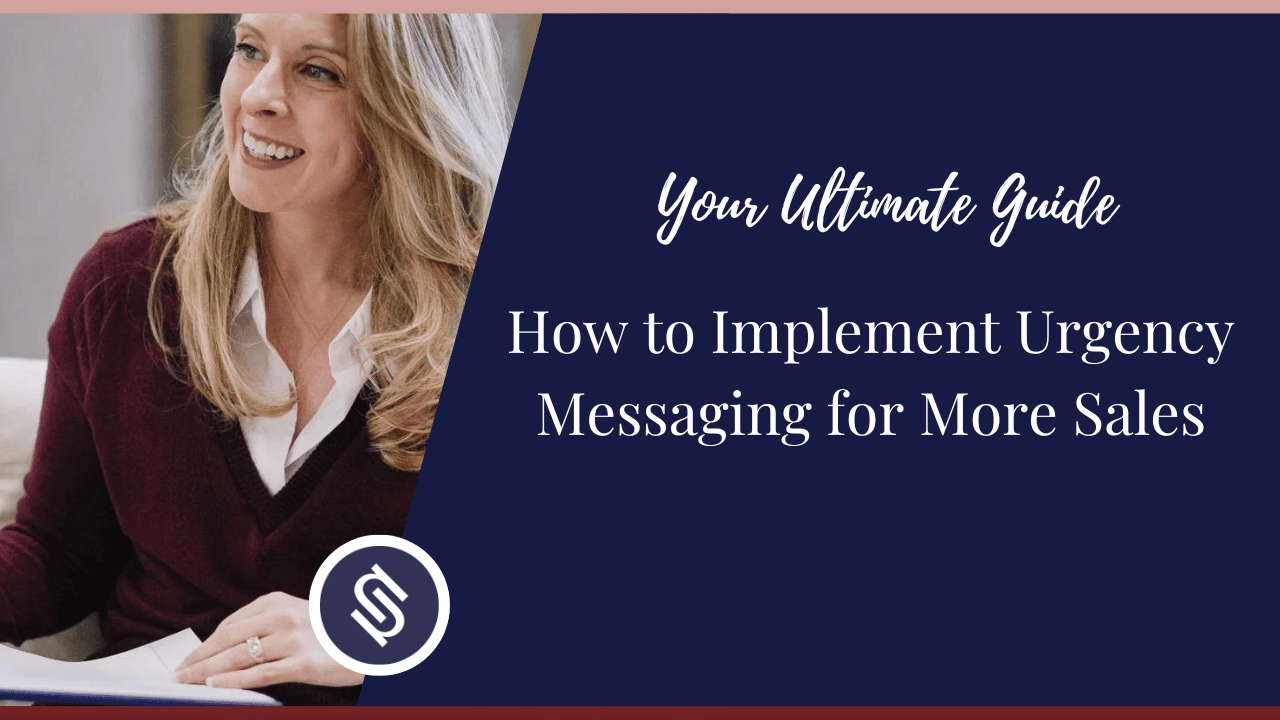How do you get your ideal prospects to pay attention to your offerings in a sea of competitors?
According to Deloitte, prospects with a positive experience with your brand are 140% more likely to spend than those with a poor experience. To give your customers an exceptional experience, you need to understand the concept of value messaging.
Today, we’ll explore value messaging and how you can develop a practical value-based framework.
What is Value-Based Marketing?
Value-based marketing is a strategy that focuses on building and nurturing customer relationships. It focuses on educating customers on how your products and services can benefit them.
You need to identify your niche to get it right in value-based marketing. Besides, you should get insights into the customers’ goals, pain points, and aspirations. And all this while creating a value proposition that shows why they should choose your offerings and not your competitors.

What is Value Messaging?
Value messaging, or value-based messaging, is a communication strategy that uses words, slogans, or phrases to convince your leads and prospects that your service, product, or brand can solve their pain points.
From its name, value messaging identifies values that resonate with your customers and markets your offerings using those values.
Value Messaging Examples
Let’s review some examples of value messaging.
1. FiniSprints from Nora
My purpose for FiniSprints is to help you focus on your goals without distractions, get the personalized support you need, and access the tools and support you need to accomplish your goals.
I understand group coaching programs aren’t for everyone. They feel less personal and offer generic solutions, and you may not get the best out of them. Besides, you’re guided through the same experience and pace as everyone else.
Our tailored coaching programs come with on-demand training + personalized support that you can review at your own pace. You can start a FiniSprint today for 1:1 support and attention.
2. Apple
Apple knows the smartphone market is saturated, and it opts for its messaging to focus on the experience of using the iPhone rather than on a specific feature. Their site also highlights other benefits (and unique features) users will enjoy from the phone, including security.
Why is it Important?
You’ve seen some brilliant examples of value messages. Now, let’s see why they are essential.
- Your messages will make it easy for prospects to find solutions to their problems.
- Value-based messaging can guide your content marketing strategy. You can create multiple content around your customers’ pain points.
- Through the value-based framework, you can develop a Unique Selling Proposition (USP) that showcases who you are and what sets your brand apart from competitors.
- Value messaging plays a significant role in customer retention and increasing sales.

How Crucial is Understanding Your Audience in Creating Value Messaging?
Your audience doesn’t care about your brand or product; they only care about the benefits they can get from your offerings. Consciously or subconsciously, every prospect weighs whether your offering is worth their time.
So, you should prioritize understanding your audience — their needs, pain points, their situation, how much they are willing to put aside to solve the problem, and their desired results.
Once you know what your audience values, you have a better chance to create tailored and targeted messaging specifically for them.
Value Messaging vs. Traditional Marketing Messages
Let’s explore value messaging vs. traditional marketing messages and see how they differ.
Traditional Marketing
- Traditional marketing messages simply provide facts or features about a product or a service.
- Consumers receive traditional marketing messages (advertisements) through radio, television, billboards, direct mail, banner ads, and print.
- Consumers don’t necessarily have a choice to opt out of traditional messages.
Value Messaging
- Value messaging focuses on appealing to the customers’ needs and wants.
- It mainly occurs through digital channels like search engines, email, and social media.
- In value messaging, consumers can decide what to hear and see (and when).
Overall, value proposition messaging focuses on selling results, not products, while traditional marketing messages highlight and market the features of products and services.

6 Components of Effective Value Messaging
These are the must-haves to create value-based messages that are useful and relatable.
1. The value messages should be simple; they don’t have to be long and complex.
2. Create strategic messages that resonate with your target audience.
3. The messages should sell the benefits to your prospects rather than the features of your products or services.
4. Incorporate facts that support your main message.
5. Create VBMs around products and services you offer and not based on assumptions.
6. Value messaging should rely on understanding your client’s pain points, goals, activities, cultural beliefs, and needs.

What is a Value Messaging Framework?
The value messaging framework is a document that spells out the core messages your brand wants to communicate with its audience. It ensures everyone — the marketers, content creators, and stakeholders — is on the same page regarding your messaging.
It helps you to consistently communicate your brand’s Unique Selling Propositions (USPs) and the key differentiators across different channels.
How Do You Develop a Value Messaging Framework?
Let’s look at a step-by-step process of creating a value messaging framework.
1. Know Your Audience
Who are your customers? What are their needs, preferences, and struggles? The first step is identifying your customer. Ask them directly what their pain points and goals are.
Understanding your customers to build marketing messages that they relate to and compel them to engage with your brand is crucial.
2. Create a Customer Value Proposition (CVP)
Once you understand your ideal customers, the next step should be to create a CVP. A CVP is a statement that showcases the benefits (value) they expect from buying your services or products.
The CVP should be relevant, clear, quantifiable, and compelling to the customers.
3. Develop Messaging Pillars
Once you have a clear CVP, you should develop messaging pillars. They are the key advantages of your offerings and support the CVP. Like CVP, the pillars should be clear, concise, compelling, and easy to remember.
4. Align Your Value Messaging with Your Overall Brand Identity
Next is to ensure your value messaging aligns with your brand identity — the mission, vision, and values. It helps in building a consistent and authentic brand throughout the customer journey.
5. Tailor Your Value Messaging
Each marketing channel — your website, social media platforms, and email marketing — has a different audience segment.
So, ensure your messages are relevant and engaging for a specific target audience and context.
6. Refine Your Messaging
Gather customer feedback and refine your messages to ensure they resonate with them.
Besides, test and measure the messaging to see if it resonates with your customers or if there are areas to refine.

Common Value Messaging Mistakes to Avoid
Here are the most common value messaging mistakes.
Communicating Different Messages
You might lose credibility and confuse your customers if your messages vary across various communication channels.
Solution: Define your USPs, your target audience, and the benefits of your offerings.
Your Messaging is Too Complex
If your message is too complex and generic, you’ll confuse your ideal customers and lose their attention. Overall, you won’t connect with your ideal customers.
Solution: Keep the messaging simple — use direct language that speaks to your audience’s goals and pain points.
Lack of Differentiation
A common value messaging mistake is if your messages are similar to your competitors. Your ideal prospects will overlook your products and services.
Solution: You need to be distinct and highlight your competitive advantages.
Hard for People to Resonate With
If your messaging is too hard for people to relate to or doesn’t address their needs, expectations, and preferences, you risk losing their trust and loyalty.
Solution: You need to conduct customer research through surveys and understand their feedback. Check the demographics and their behaviors to adapt your message accordingly.
Messages are Exaggerated
If your messages are exaggerated with no social proof — ratings, reviews, case studies, figures, and facts, it will weaken your reputation and come off as dishonest.
Solution: Don’t overpromise. Provide social proof to attract and engage your ideal clientele.

7 Best Practices for Testing and Refining Your Value Message
Now that we’ve tackled the common mistakes you should avoid, let’s explore the best practices for refining your value message.
1. Consistency Across Channels
Clear and consistent messaging across all marketing channels builds a recognizable brand.
Your audience is likely to take action, leading to increases in sales. However, when there’s conflicting information about your product or services, it can create confusion and lead to loss of revenue.
2. Monitor Engagement Metrics
You should monitor the metrics of your messaging to see if your customers are finding value and if it’s helping you attain your goals.
In addition, monitor engagement data and insights and customize your messages to encourage the desired results from your prospects.
3. Segment Your Audience
Value messages shouldn’t be for everyone in your target audience, and they shouldn’t be broad or generic.
Instead, you should identify subgroups in your target audience and develop tailored messages for each.
4. Align with Sales Data
Your marketing messages must align with the sales data. Analyzing the sales data should help you deliver targeted messages to make customers feel understood and heard.
Besides, through the sales data, you can align your messaging with insights and customer trends.
5. Cultural Sensitivity
A fundamental aspect of value messages is creating a brand where everyone feels heard and valued. Your messages should recognize different cultures and beliefs and resonate with the audience.
Still, the messaging should be relevant to customers of different backgrounds. Ultimately, it fosters trust, creates a sense of belonging, and encourages authentic connections.
6. Gather Feedback
Customers can transform your messages if you listen to them. Collect customer feedback on an ongoing basis through surveys, social media polls, comments, reviews, and interviews.
Use the feedback to refine your messages to continue to resonate with your target audience.
7. A/B Testing
You should compare two message versions and see which performs better.
By doing so, you’ll find out what gets the best engagement from your audience, what drives conversions, and what needs improvement.
Enjoying this article? You might want to save these for later:
- Let’s Master Messaging Hierarchy – All Concepts Explained
- 10 Ways Coaches Can Improve Team Performance (and more)

Frequently Asked Questions (FAQs)
Let’s check some common questions regarding value messaging.
How Can We Tailor Value Messaging for Different Customer Segments?
You must segment your audience based on their goals, pain points, and behaviors to deliver the right message to the right people. Audience segments let you personalize your message to relate specifically to them.
For instance — through our ConversionRx Assessment, I will review every aspect of your marketing campaign, including your messaging.
After the review, I’ll help you create personalized messages that resonate with each customer segment. I will also help you craft content, using language that aligns with their needs, and help you get more leads and sales.
Book a discovery call to get more leads out of your marketing!
Can Value Messaging Evolve Over Time?
Yes, value messaging should evolve and adapt as you expand your company offerings. Besides, it should keep evolving according to changes in the customer journey and engagement metrics.
How Important is Consistency Across Different Channels?
Consistency helps customers trust and understand your brand. Your company must maintain consistent messaging across multiple channels to enhance a positive reputation and customer experience.
How Can Value Messaging Influence Customer Loyalty and Retention?
Value messaging is customized for each target audience, showing them how your offerings will solve their problems. With this, you attract leads and prospects who value the benefits of your product or service.
Ultimately, value-based messaging helps strengthen customer loyalty because your messages show you understand them.
Conclusion
Customers who feel your messaging is specifically for them will likely listen to your brand and care about your offerings.
However, your messaging should also be unique to your business.
I have over 20 years of business experience and consulted on thousands of marketing campaigns. So, you can get coaching tailored to your specific business challenges, including messaging, market strategy, and positioning.
Book your coaching session to get unique guidance that takes your business to the next level!
Looking for something specific? If so, explore these options:







